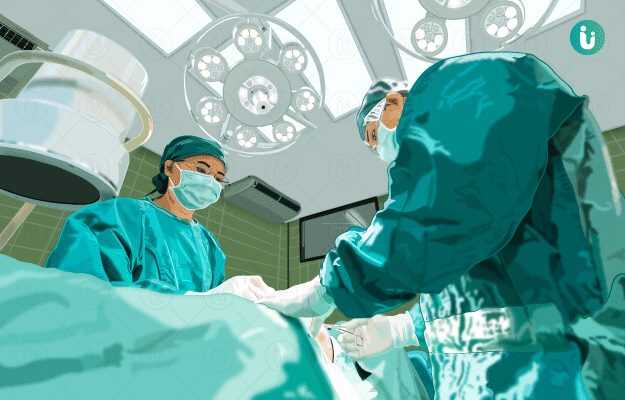Summary
Trabeculectomy is performed in individuals with glaucoma to reduce pressure in the eye (intraocular pressure [IOP]).
The IOP increases when the outlet to drain the fluid present in the eye is blocked. The blocked drain leads to a build-up of fluid in the eye and resultant high IOP. The pressure gradually starts to damage the optic nerves and if not treated on time, can lead to vision loss. A trabeculectomy helps to prevent further damage to the eye.
In this surgery, the high IOP is relieved by creating another opening in the eye to drain out the fluid. This surgery is either performed under general or local anaesthesia. General anaesthesia will put you into sleep while local anaesthesia numbs a specific area during surgery. The procedure may take about one hour. It may take about two months after surgery to have normal vision. You may have to visit the hospital frequently after surgery to check for the development of complications.












